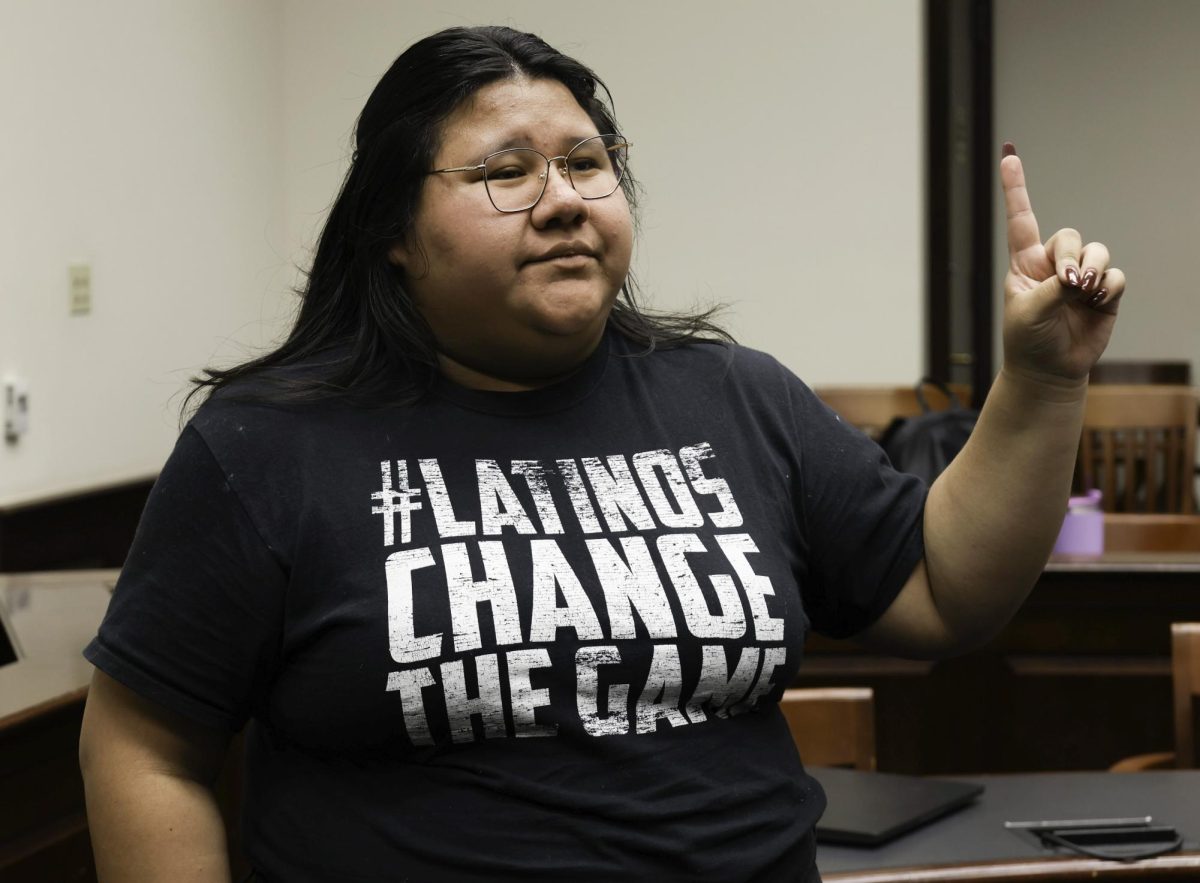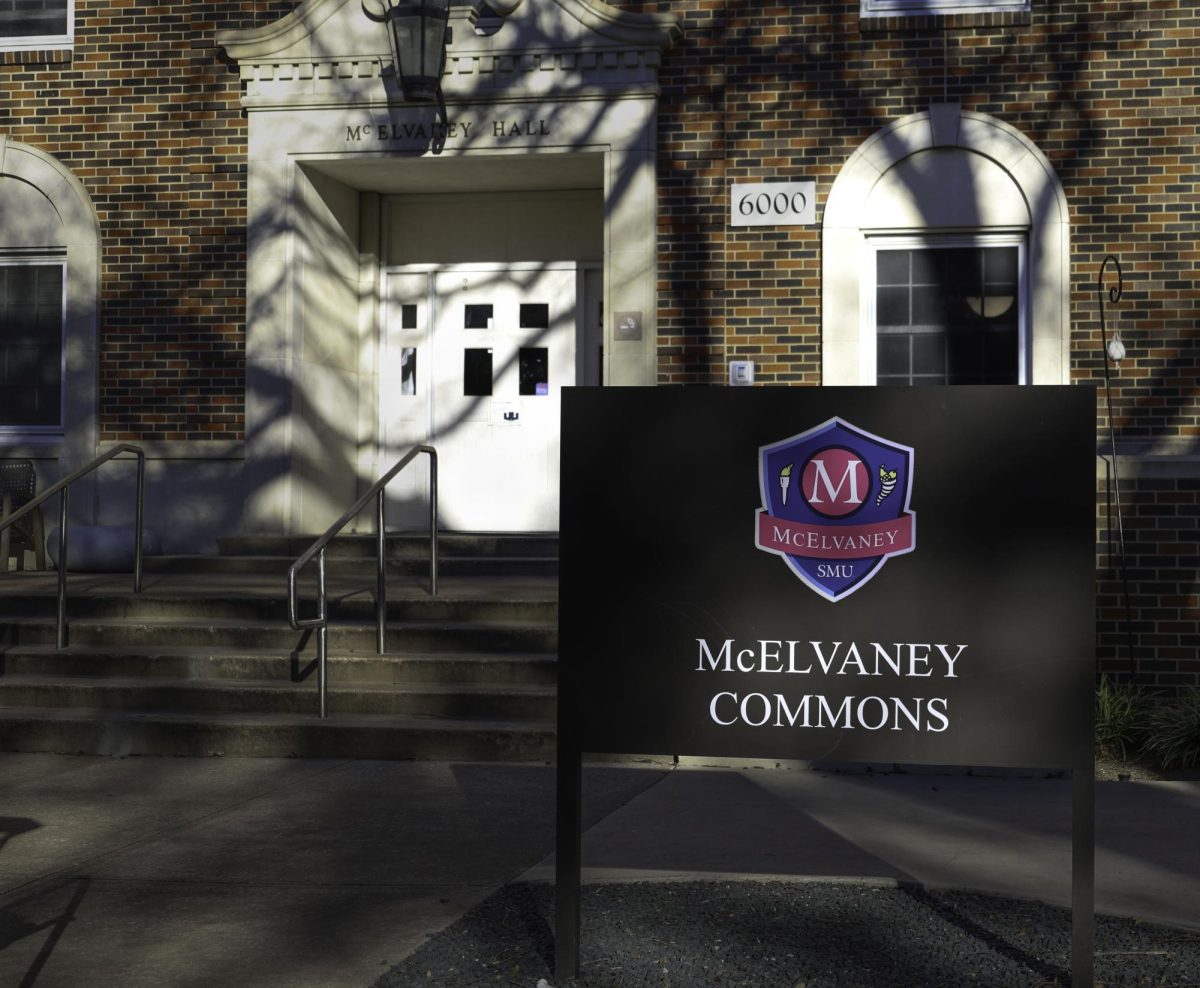Invisible money empowers the young adults in today’s society. Young adults tend to look at money as a black and white amount on a monthly statement that they receive from creditors. The concept of debt is lost on the 20-somethings because the reality of repayment is not assessed until it is too late.
Student loans, credit card debts, car loans and living expenses all contribute to the 20-somethings’ debt. This is a reality that they can not escape because for the majority, borrowing money is the only way to achieve a higher education or to pay for living expenses while in college.
Rising tuition costs and the high price of living are making it hard for the Generation X’s and Y’s to ever get ahead. Taking out loans to pay for a college education is completely normal for today’s generation.
The government and private loan companies have made college financially possible, although with that opportunity comes long-term payments and mounting debts.
The current tuition cost at Southern Methodist University is a mind blowing $41,705, and for many students their parents do not have that kind of money to dole out, therefore causing them to turn to financial aid. According to Project on Student Debt, at least 10 percent of seniors at private universities graduate owing at least $40,000 in student loans.
While taking out enough financial aid to pay tuition bills is one thing, many young college students max out their loans in order to live a life of leisure while in school. Many students do not consider their mounting debt while in a college and the interest that has accrued through the years.
Those students, from lower income families, who qualify for educational grants from the government, on average owe 12 percent more in education debt than those just receiving educational loans according to Project on Student Debt.
Within the past five years, 3 percent of the 20-somethings owe more than $20,000 in student loan debt, according to USA Today. Although this is not the best place to start their finances as an adult, this is their only option. “This debt-for-diploma system is strangling our young people right when they’re starting out in life,” says Tamara Draut, author of “Strapped: Why America’s 20- and 30- Somethings Can’t Get Ahead.”
While the Generation X’s and Y’s struggle to keep their heads above water many turn to credit cards; thus creating the illusion that they still have money to spend. Many young adults don’t consider credit cards a loan that gains interest every month. “I always thought I could buy anything I wanted, as long as I didn’t go over my credit limit,” Wes Elrod said, “and every month I would pay the minimum payment and before I knew it, my credit card balance was more than the original purchase.”
This is a common mistake made in credit literacy: Paying a minimum amount does not guarantee a decreased balance. In fact, it only guarantees an increased amount on the next credit card statement. Many people do not realize this fact until it is too late. According to USA Today, the average revolving debt in 2006 for students was $5,781 dollars. When 20-somethings add this to their student loan debt they are a mouth-dropping $25,000 in debt before they hit thirty. This figure does not include rent, car payments, gas bills, utilities and living necessities.
One of the main reasons that men and women go to college is for financial security, but often debt amassed during a typical college career only prohibits that dream. The 20- and 30-somethings in today’s world spend years trying to pay down the balance of their debt.
The cost of living has gone up significantly for the 20- and 30- something’s, but so has the standard of living. To actually live beyond their financial means, good credit is a must. Although many young adults get off to a great start, paying their bills on time, all it takes is just one slip up and the debt quickly rises.
Many students also face the hard fact of money management after graduation, and many of today’s 20-somethings just aren’t understanding enough of personal finance to live on their income.
“It scares me sometimes to think about managing my money without aid from my parents; I just hope that I have learned enough from them to keep from going into debt,” said Evie Howard.
Jenny Payne, alumni from Indiana University, is currently employed at the Mervyn’s headquarters in San Francisco. Payne thought that all of her financial troubles were over; she was out of school and employed by a good company. It wasn’t long before Payne realized that her income can barely cover her living expenses and college loan payments. “When I combine all of my necessary expenses there is nothing left over to put in savings; it’s a hard reality to learn that all your hard work is barely paying the bills,” said Payne.
Payne is considering moving back home with her parents so that she can save money. According to Experience Inc., 58 percent of 20-somethings moved back in with their parents in order to get ahead of their debt.
“I don’t think I’ll ever be able to save a dime or own a house,” said Payne. “I just can’t afford it.”
Debt is a growing problem for the 20- and 30-somethings, but there are steps that they can take relieve some of stress.
First and foremost, students should only borrow a minimum amount from lenders to pay for their college education. They should pay careful attention to what kind of loan they are receiving, whether they are private, subsidized or unsubsidized. If the loans they are receiving are unsubsidized, students should consider paying the interest on those loans while in school. Interest payments on loans average between $25 and $50 per month.
Reducing the debt can be as simple as saving nickels and dimes for the big purchases. When someone wants to buy a new plasma flat-screen television, save up the money. Instead of charging the television, pay cash, that way the balance is paid in full and there is no chance of having a late payment.
Twenty and 30-something’s must remember to live within their means and if they can only put $25 per week into their savings account, that will still add up $1200 per year. Every little bit counts when it comes to saving money.
With the growing amount of debt and the uncertainty of Social Security benefits, it is up to Generation X and Generation Y to plan for their own retirement. Young adults need to start early and begin investing their money into 401(K)’s and mutual funds. Their focus should be on saving instead of spending. It is common knowledge that you can’t take money with you when you die, but you still need money to eat with when you’re in your 90s.
In today’s society it is difficult to stay out of debt. The cost of living and the costs of an education generally supersede the average income.
However, young adults do not need to fall into a financial hole to succeed in life. They just need to be wise with their money and aware of the money they borrow. Credit cards, student loans and car payments are all financial loans that must be repaid in a timely manner and any default of the recipient will result in a life-long debt problem.








